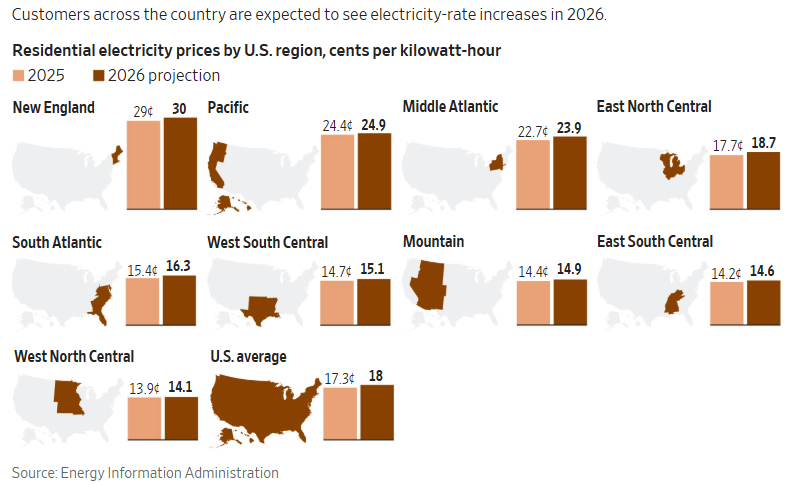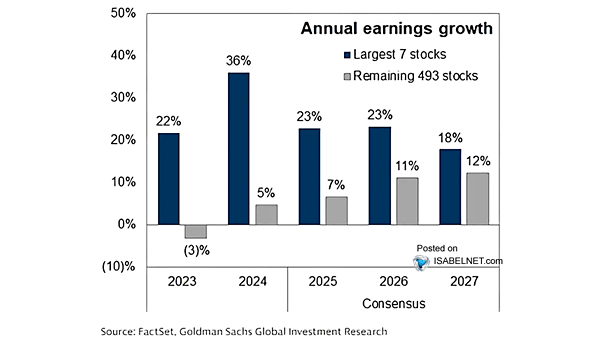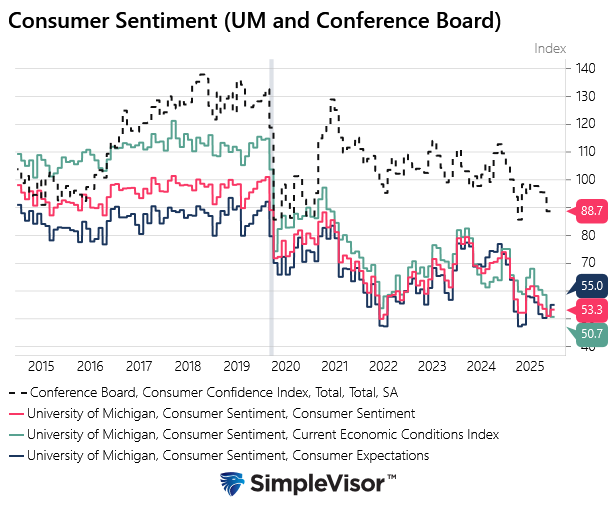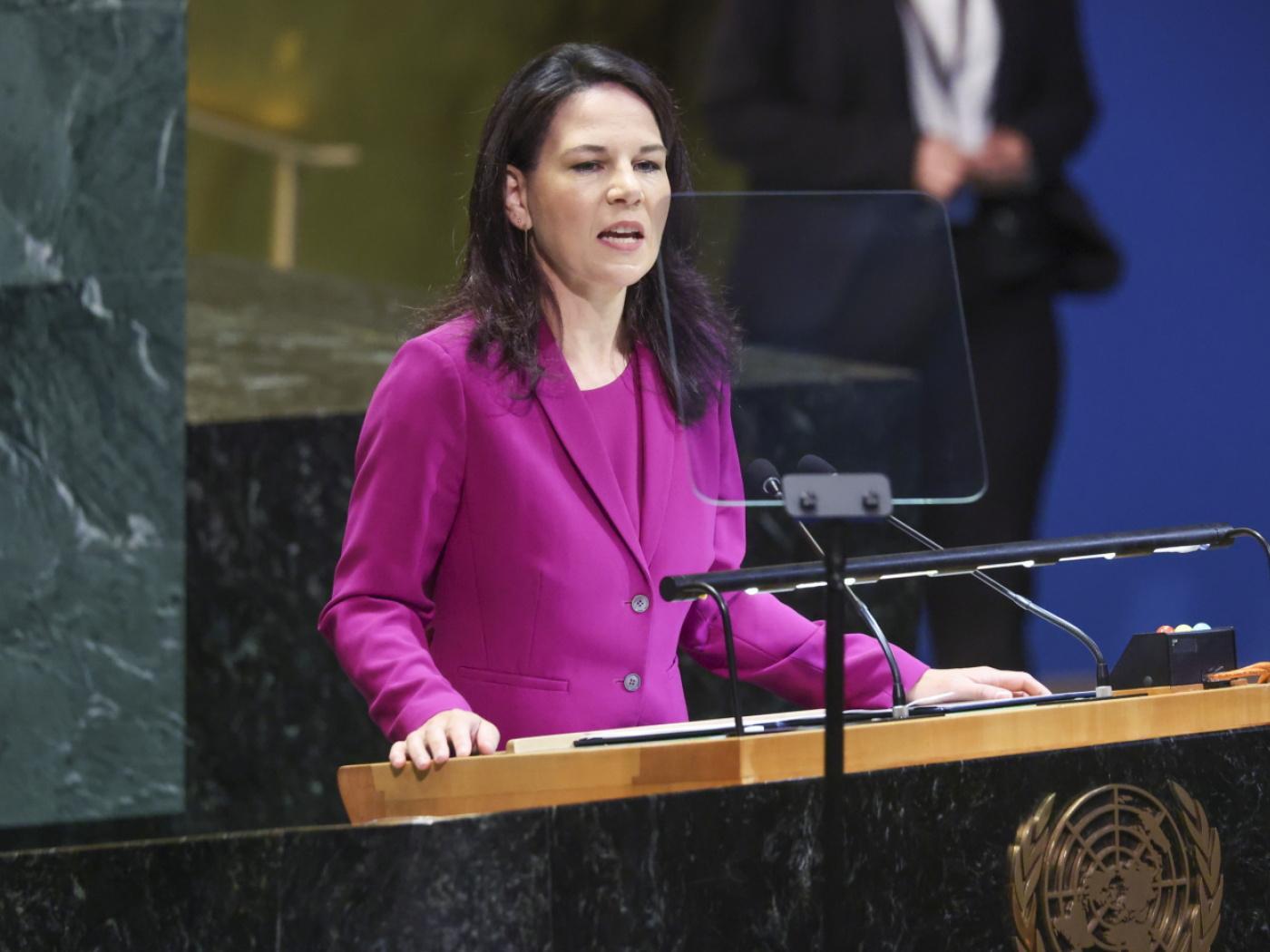 There are three key scheduled events between now and the end of the year. In chronological order, this weekend G20 meeting is first. It will shape expectations for trade tensions between the US and China, with extensive secondary impact. Saudi Arabia and Russia’s meeting may help shape expectations for the price of oil, which has collapsed here in Q4 18. The ECB meets on December 13 with new staff forecasts (likely paring growth and price forecasts for 2019, and the hawks may not be able to resist a downside risk assessment. The ECB’s asset purchase program is set to end. The Federal Reserve meets on December 19. A rate hike is likely, but many are looking for some indication that some signs that slower growth, weaker housing market, volatility stocks or the drop in oil prices will prompt the Fed to signal a pause in the cycle earlier than previously. There is no date yet set for the UK’s parliament to vote on the Withdrawal Agreement but it promises to be high drama and spur a spike in sterling volatility.
There are three key scheduled events between now and the end of the year. In chronological order, this weekend G20 meeting is first. It will shape expectations for trade tensions between the US and China, with extensive secondary impact. Saudi Arabia and Russia’s meeting may help shape expectations for the price of oil, which has collapsed here in Q4 18. The ECB meets on December 13 with new staff forecasts (likely paring growth and price forecasts for 2019, and the hawks may not be able to resist a downside risk assessment. The ECB’s asset purchase program is set to end. The Federal Reserve meets on December 19. A rate hike is likely, but many are looking for some indication that some signs that slower growth, weaker housing market, volatility stocks or the drop in oil prices will prompt the Fed to signal a pause in the cycle earlier than previously. There is no date yet set for the UK’s parliament to vote on the Withdrawal Agreement but it promises to be high drama and spur a spike in sterling volatility.
US
In recent weeks, the market has grown more skeptical of the extent the Federal Reserve will raise rates next year. It never fully accepted the Fed’s forecasts that implied three rate hike would be appropriate in 2019. The fed funds futures strip suggests the market is confident of only one rate hike next year. The December 19 FOMC meeting is the last highlight of the year. A rate hike is widely expected, but to maintain its control on short-term rates, the Federal Reserve may repeat September’s exercise and increase the interest paid on reserves by slightly less (five basis points) than it raises the target range.
The outlook for fiscal policy has been complicated by the election results and increasing concern about the deficit. It is not clear if the Democrats are going to push for “fiscal responsibility” or support effort to make the middle-class tax cuts permanent and push an infrastructure initiative. Some reports are playing up the narrative that the tax cuts were the first of a two-prong strategy. The second are plans to reduce the resulting trillion-dollar deficits with substantial cuts in discretionary social spending.
It is still prudent to expect trade tensions are set to escalate. The US will likely go forward with its plans to increase the 10% tariff on $200 bln of Chinese goods to 25% at the start of the New Year. There was a drive to front-load US imports to China before the tariffs went into effect and before the increase. This sets the stage for a potentially powerful correction in early 2019. Trade becomes less of a drag for the US, for example, and headwind for China.
The anticipation of a dollar funding shortage at the end of the year spurred many to act early, and there are some signs that pressure is abating. Still, a flare up in the second half of December cannot be ruled out.
Euro
The growth outlook has dimmed, and the dramatic fall in oil prices will weigh on headline inflation. The European Central Bank will finish its net new asset purchases at the end of the year but will continue to support the market by recycling maturing funds. The new forecasts from the December 13 policy meeting may shave 2019 growth and inflation forecasts. The projections will be extended to 2021 for the first time.
Although the ECB’s balance sheet may not grow, the monetary stance remains extremely accommodative, with a 10 bp negative deposit rate, fully allocated refi operations at a zero interest rate, and liberal collateral rules. The ECB has signaled it will not raise rates until after next summer, but the market has pushed out expectations. The implied yield of the December 2019 Euribor futures contract has fallen about 15 bp since the middle of October.
Both Italian and EU officials have refrained from incendiary comments and talks are ongoing. Italy’s coalition government is committed to new transfer payment, tax cuts, and rolling back retirement reforms, but there may be some room to stagger the start dates and other technical tweaks. The rise in yields and weaker growth may offset such adjustments.
The euro was confined to a $1.12-$1.15 trading range in November. The range is likely to persist in December. The implied volatility (one standard deviation around spot) allows for the euro to trade roughly between $1.1440-$1.1675. The median forecast in the Blomberg survey is for the euro to finish the year near $1.1550, while given the rate differential, the indicative forward is a little above $1.1400.
Sterling
The key to sterling’s performance will be the handicapping of Parliament’s vote on the Withdrawal Bill and the actual vote itself which is currently expected before the end of the year. If it were to be approved, sterling would rally strongly (several cents), and a rate hike in H1 19 would be seen as more likely.
However, at this juncture, it is difficult to see it passing. There does not appear a sufficient number opposition members that would offset dissatisfied Tories. A rejection of the Withdrawal Bill leaves two courses, assuming the European Union continues to reject re-opening the negotiations, and a potentially massively disorderly event at the end of March 2019 and rescinding the enactment of Article 50 by holding a second referendum.
The Withdrawal Bill includes a transition period. A rejection of the Withdrawal Bill means no transition period, and many countries seem ill-prepared for what would happen come March 30. There are many domestic hurdles, including the question of legitimacy, and practical issues like what is the choice for voters, if Parliament has already rejected the negotiated divorce. By the nature of the circumstances, the EU wants to ensure that conditions are better for countries inside the club than outside, but it would likely be willing to allow the UK to walk back Article 50, though even then some concessions might be demanded.
Implied volatility remains elevated. The interest rate differentials have stabilized, and for some short-dated tenors, the sterling discount has eased. The cross-currency basis swap, which offers insight into the ease of securing dollar funding is near zero, showing little stress. The indicative forward rate puts sterling at about $1.2860 at the end of the year. The distribution of responses in the Bloomberg survey shows a concentration of forecasts around $1.26 and another concentration near $1.32, reflecting the binary outcome of Parliament’s vote.
Japanese Yen
The dollar has been confined to a JPY111.50 to JPY114.50 for the past couple of months. The S&P 500 and the dollar-yen exchange rate tend to move in the same direction, but since the end of October, the rolling 60-day correlation of the two has been inverse. On the other hand, correlation on the percent change of each is near 0.41, a little below the year’s high seen in late October near 0.49.
The dollar-yen rate remains sensitive to the direction of US 10-year yields. Over the past 60 days, the correlation of the levels and of the percent change remain firm near 0.70. However, given the 6.5% drop in the S&P 500 in the second half of November and the 20 bp decline in US yields, the dollar seemed resilient.
The cost of hedging fixed income reportedly deterred Japanese investors away from the US, but some investors in Japan have boosted their unhedged purchases of US bonds. Ministry of Finance data shows that the dollar hedge ratio has fallen to almost 48% from a little more than 51% at the start of the fiscal year. Meanwhile, the hedge ratio on euro-denominated assets to a 10-year high of almost 80.5% (from nearly 76% at the end of March).
With spot near JPY113.50, the implied forward for year-end is a little above JPY113.00. The median forecast from the Bloomberg survey is for the greenback to finish the year near JPY112.50. Rather than ending the year below the implied forward, we suspect the risk is that the dollar closes above it.
Canadian Dollar
The market has been looking past the December Bank of Canada meeting (seen as 1 in 12 chance) and instead focused on the January meeting as a more likely venue for a hike. However, over the course of November, the market became less convinced. Interpolating from the OIS, the odds of a January hike fell from 80% on November 1 to near 68% at the end of the month. The implied yield of the June 2019 BA futures fell 15 bp.
Investors did not seem particularly excited about the unexpected announced that capex in manufacturing, including the energy sector, would be fully depreciated for tax purposes immediately. The energy sector itself appeared nonplused as it was seen as doing little to lift the immediate hurdle of pipelines and rail shortage to ship oil of Alberta. If it was meant to boost Canada’s competitiveness following the US corporate tax cuts, it was seen as too small to have much impact.
The Canadian dollar underperformed in November. The typical drivers were aligned against it. When the US dollar falling, the Canadian dollar tends to lose ground on the crosses. Oil plunged, and stock markets weakened. Short-term interest rate differentials moved against it.
Given the narrowness of the interest rate differentials, the year-end forward is not far from spot, but the median forecast in the Bloomberg survey see the US dollar coming off from around CAD1.3220 to CAD1.3000, which seems rather optimistic.
Mexican Peso
Latin American currencies underperformed in November as they accounted for three of the four weakest emerging market currencies (Argentine peso, Brazilian real, and Mexican peso). The Russian ruble was the main exception.
The central bank of Mexico enjoys a high degree of respect in the market, but the policies of the new government are a source of greater uncertainty. And in areas in which the uncertainty is lifted, many investors do not like what they see. AMLO takes office December 1. The second challenge to Mexico comes from US policy initiatives. Although NAFTA 2.0 will be signed at the end of the week, Mexico, like Canada, is still subject to US steel and aluminum tariffs imposed on national security grounds. The US-Mexico border remains a flashpoint for asylum seekers.
The central bank meets on December 20, and a rate hike cannot be ruled out. Indeed, the continued decline of the peso (~11% since early October) makes a rate hike increasingly likely. The median forecast in the Bloomberg survey was for the dollar to finish the year near MXN19.35. With spot near MXN20.53, the indicative year-end forward was near MXN20.65.
Full story here Are you the author? Previous post See more for Next postTags: #GBP,#USD,$CAD,$EUR,$JPY,MXN,newsletter



























